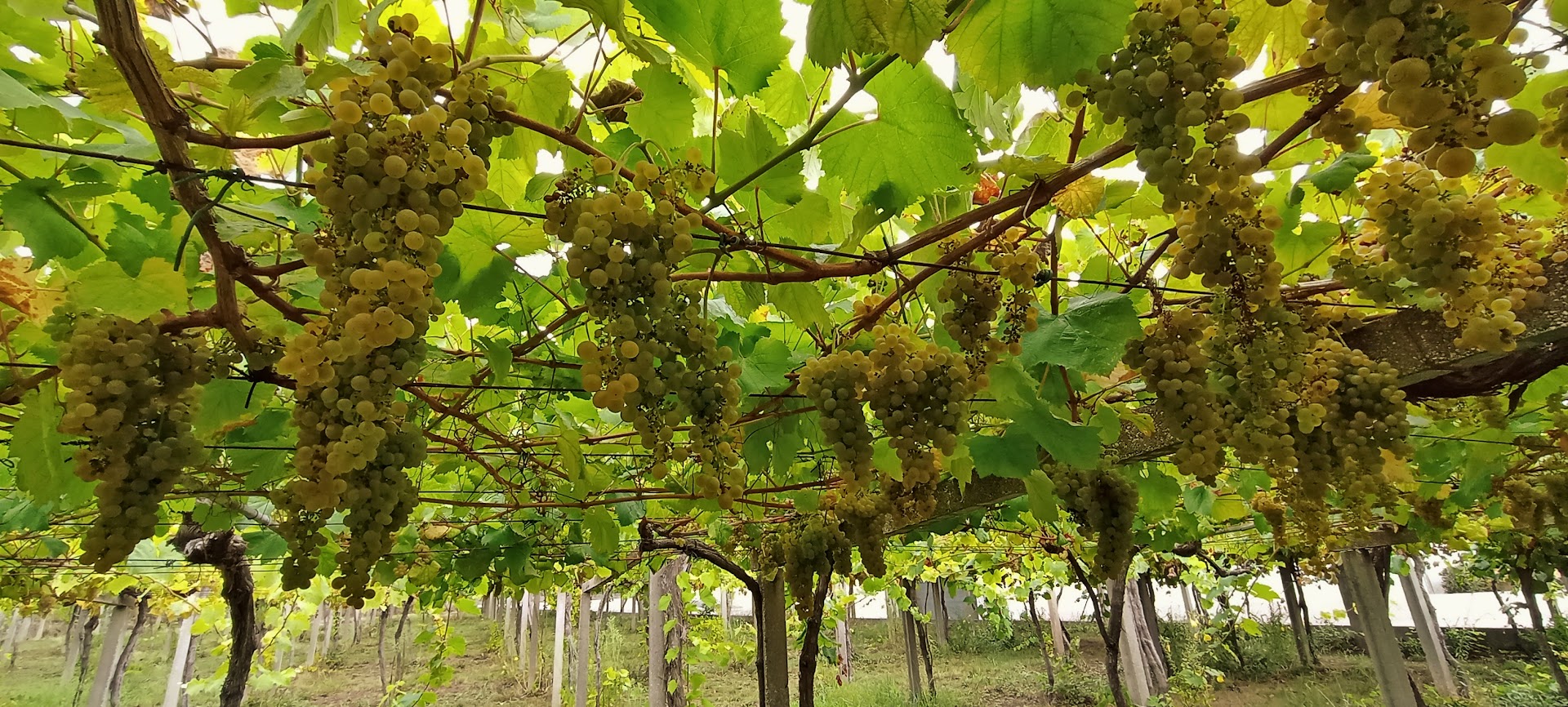The Ratiño Gallega grape variety is the newest addition to the roster of approved grapes for DO Rías Baixas and IXP Barbanza e Iria. Ratiño is a native variety that survived the 19th-century triple threat of powdery mildew, downy mildew, and phylloxera in the region of Pontevedra, and was rediscovered over 30 years ago by the Misión Biológica de Galicia, under the Spanish National Research Council (CSIC).
Now, it’s finally approved for use in winemaking in DO Rías Baixas and IXP Barbanza and Iria after two resolutions published in the Diario Oficial de Galicia allowed the modification of the wine regions’ specifications.
Ratiño Gallega’s bid for inclusion was supported by research carried out at the Viña Moraima cooperative, whose vines—some of them Ratiño—were brutally sabotaged in August. Viña Moraima recovered century-old vines of the variety found around the Pontevedra province and made an experimental wine. Other producers like Cazapitas have also made limited-production wines from Ratiño.
Making any modification to the bylaws of European wine regions is subject to a byzantine bureaucratic process, which in this case began in December 2015. Six years later, Spain’s Official State Gazette finally published Ratiño in its register of recognized winemaking grape varieties. On August 13, the Galician government published an official document allowing a change to DO Rías Baixas’ bylaws that will put Ratiño Gallega in the company of the six other white grapes admitted by the wine region: Albariño, Treixadura, Loureira, Caíño branco, Torrontés, and Godello.
Other changes to the bylaws included a modification to the “Rías Baixas Rosal” labelling designation, which now includes wines made with a portion of Caíño Branco in addition to Albariño and Loureira.
For Rías Baixas Salnés and Rías Baixas Ribeira do Ulla, the modification changed the wording slightly, so instead of requiring wines to be made with “≥ 70% Albariño, Loureira, Treixadura and Caíño Branco”, the requirements read that wines must contain “≥ 70% of one or more of the following: Albariño, Loureira, Treixadura and Caíño Branco.”
